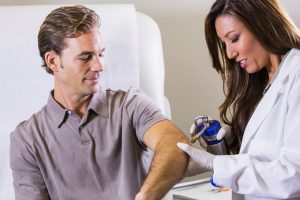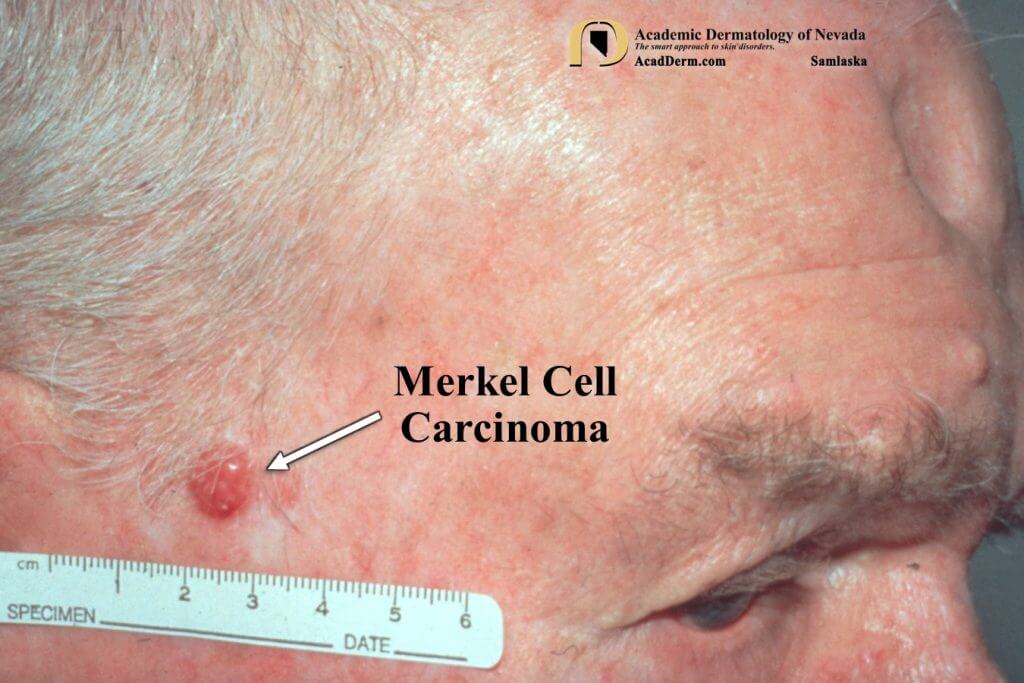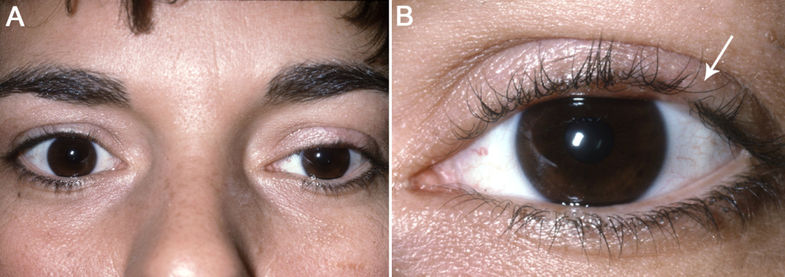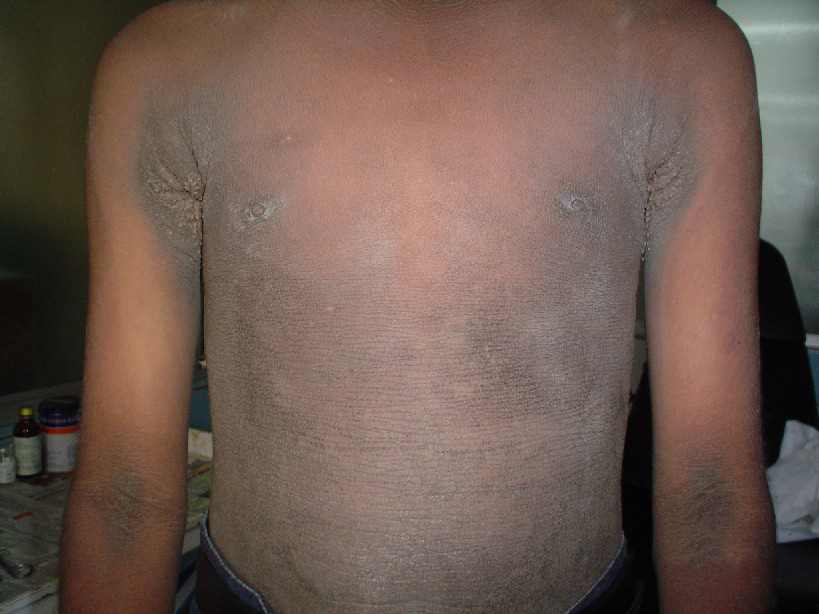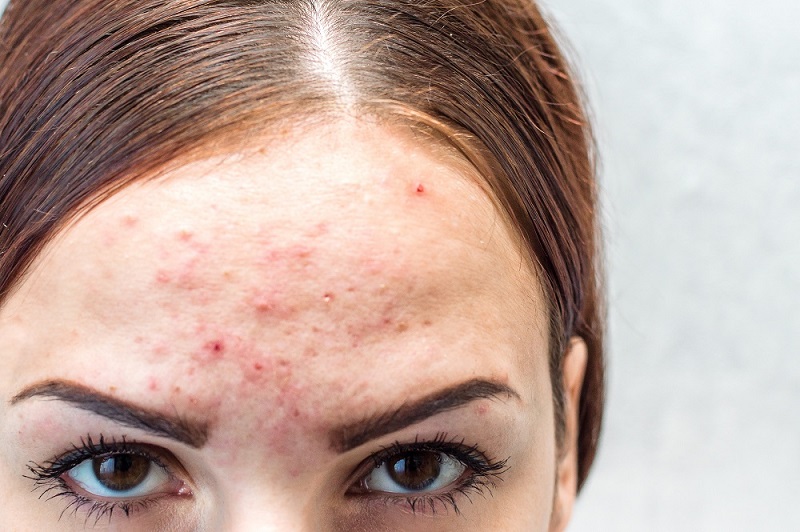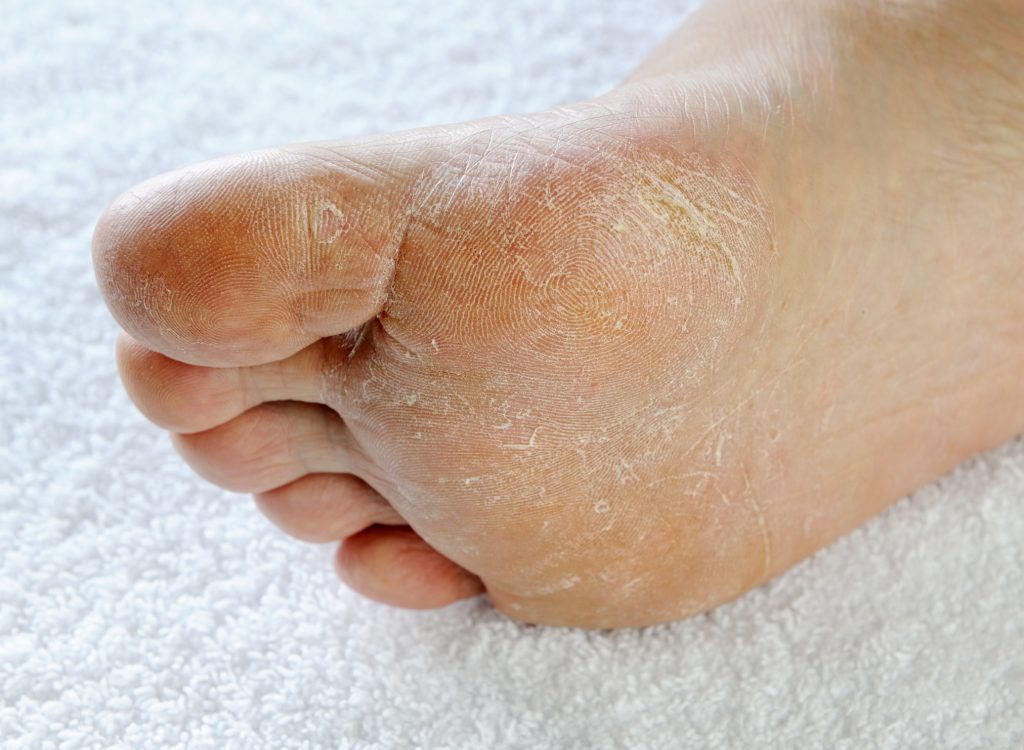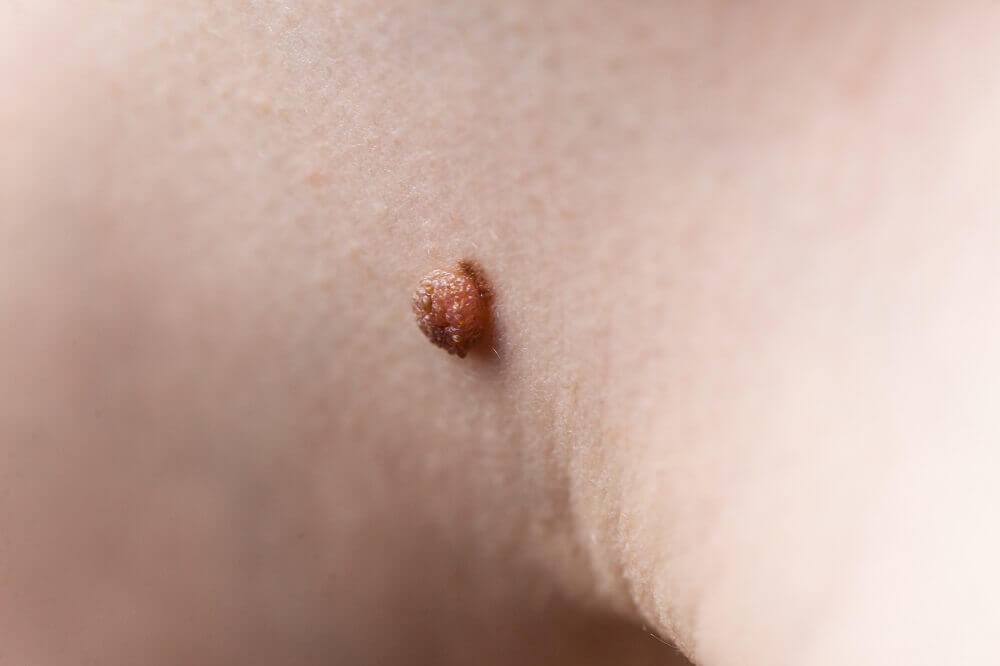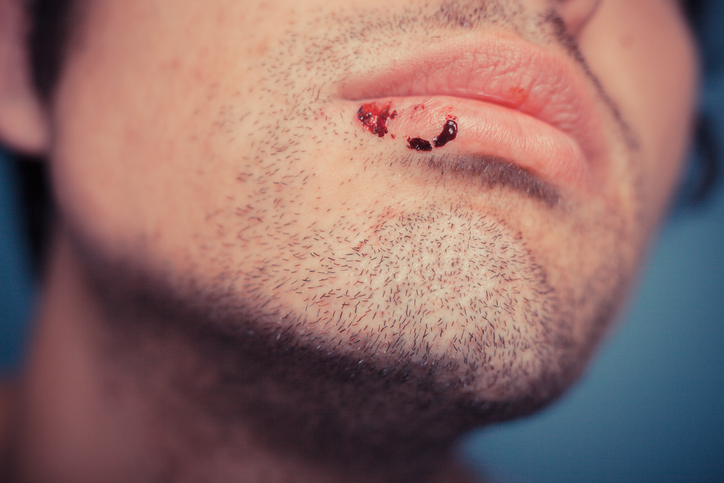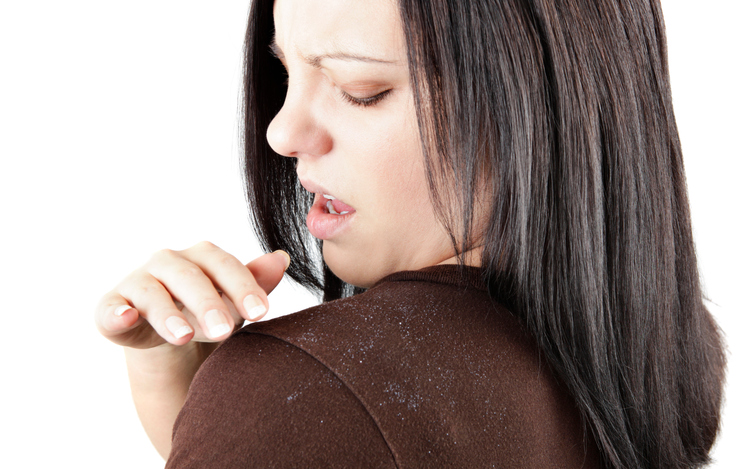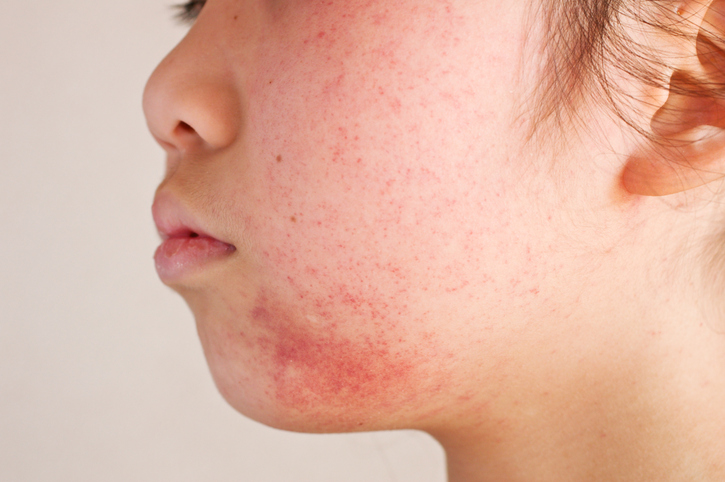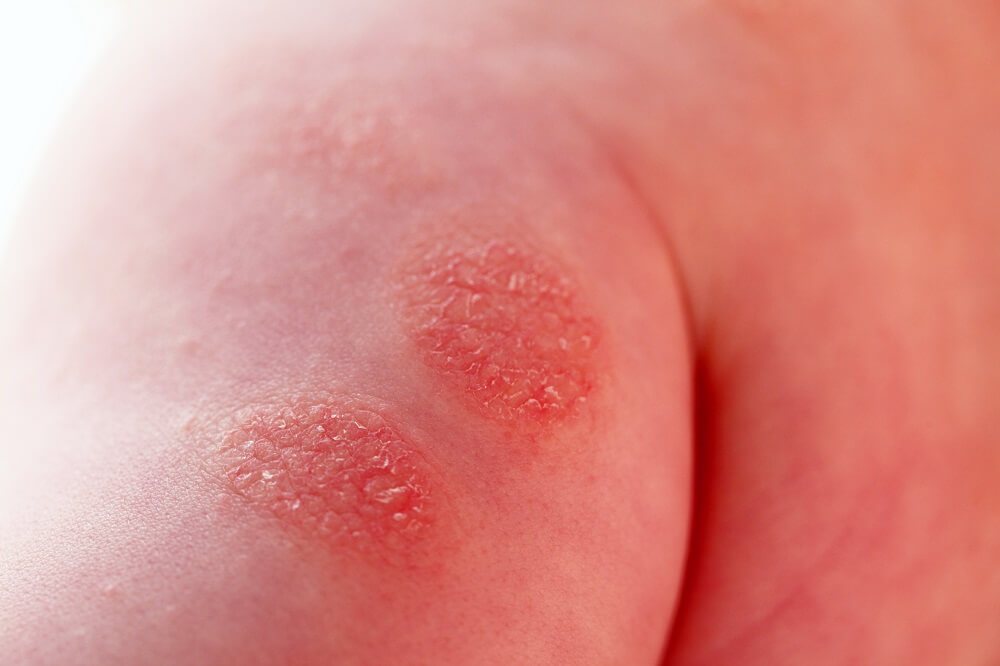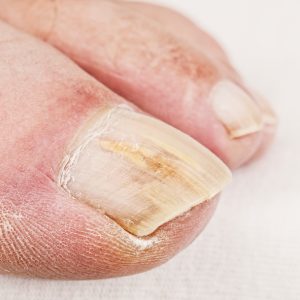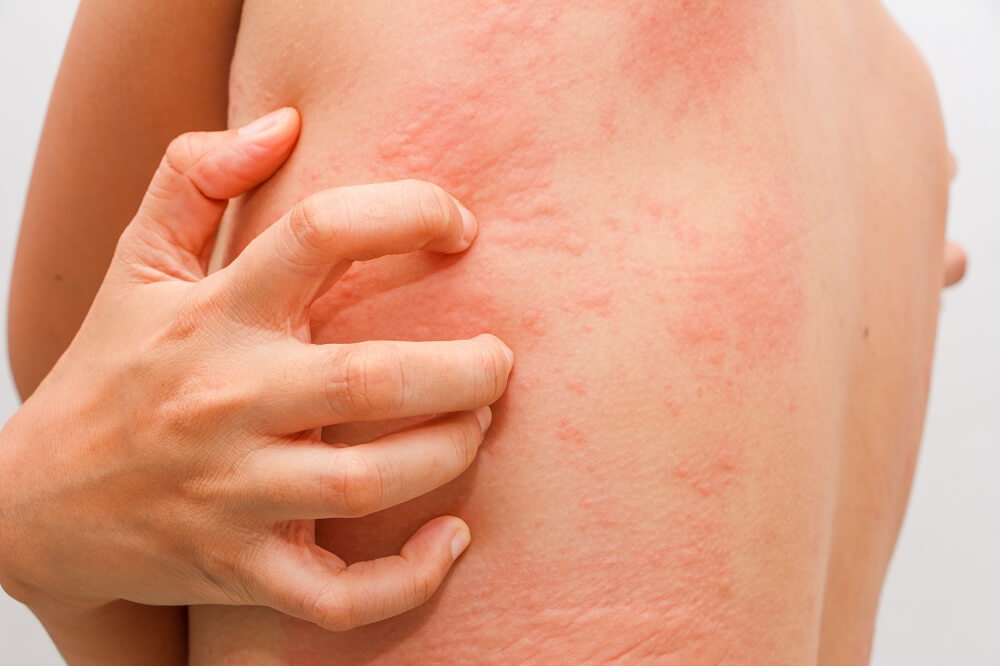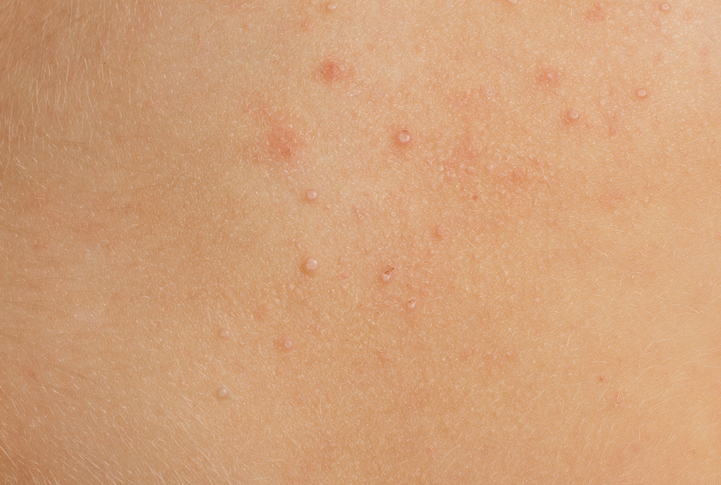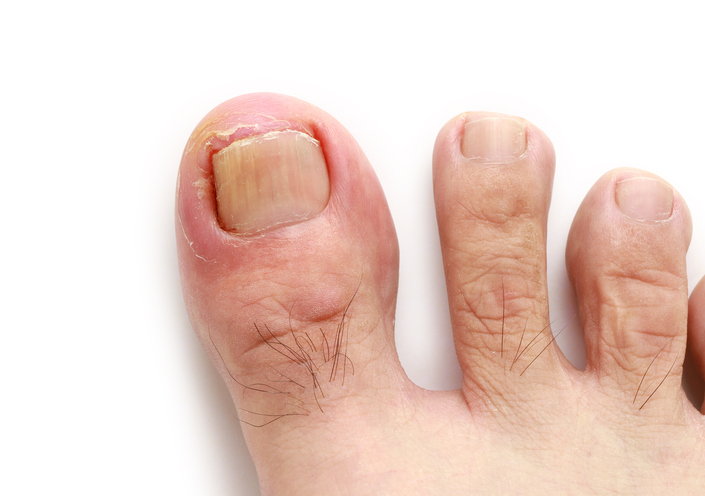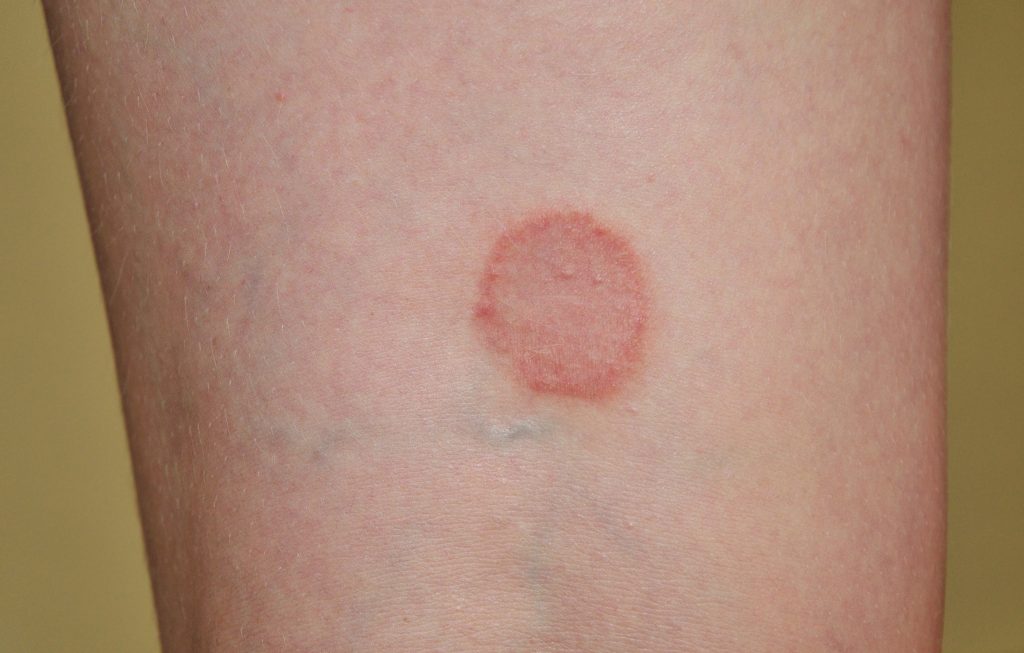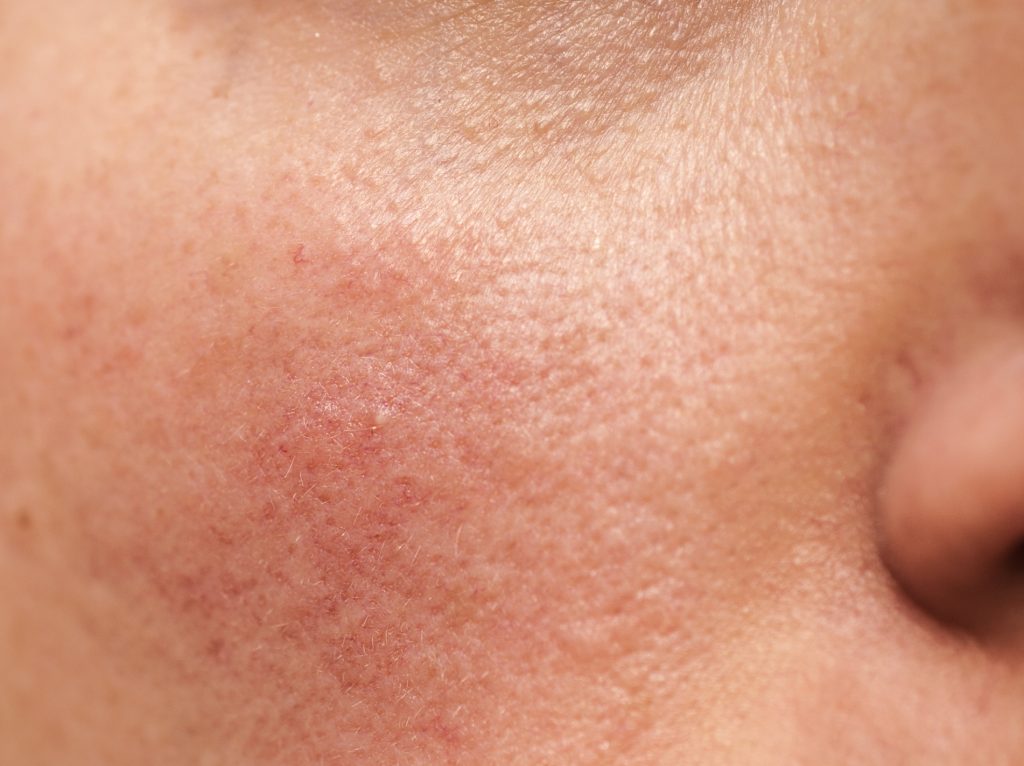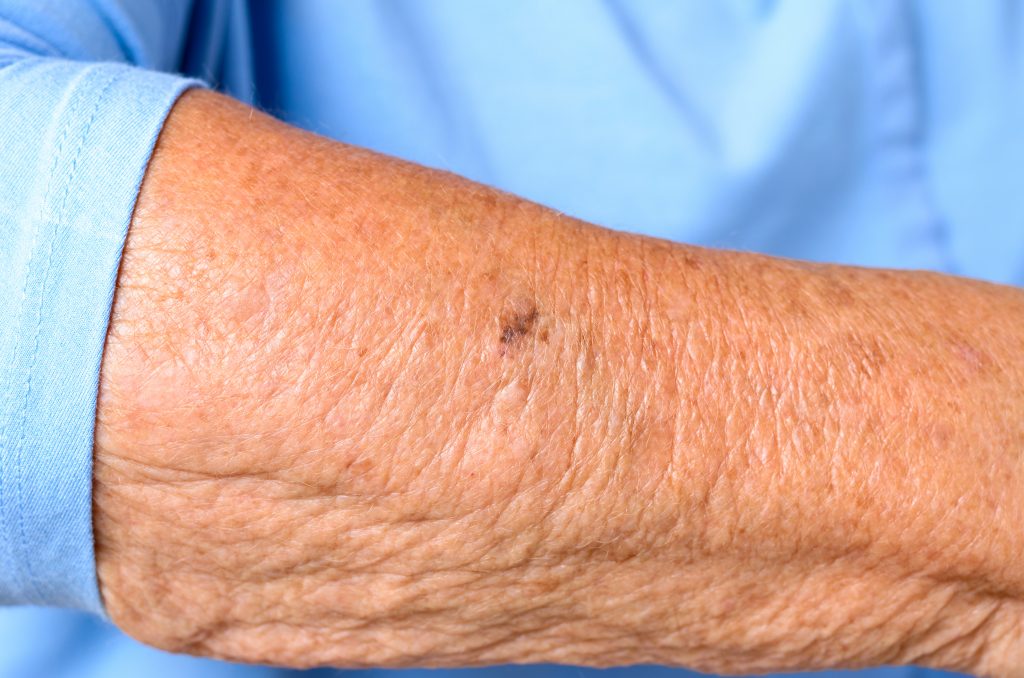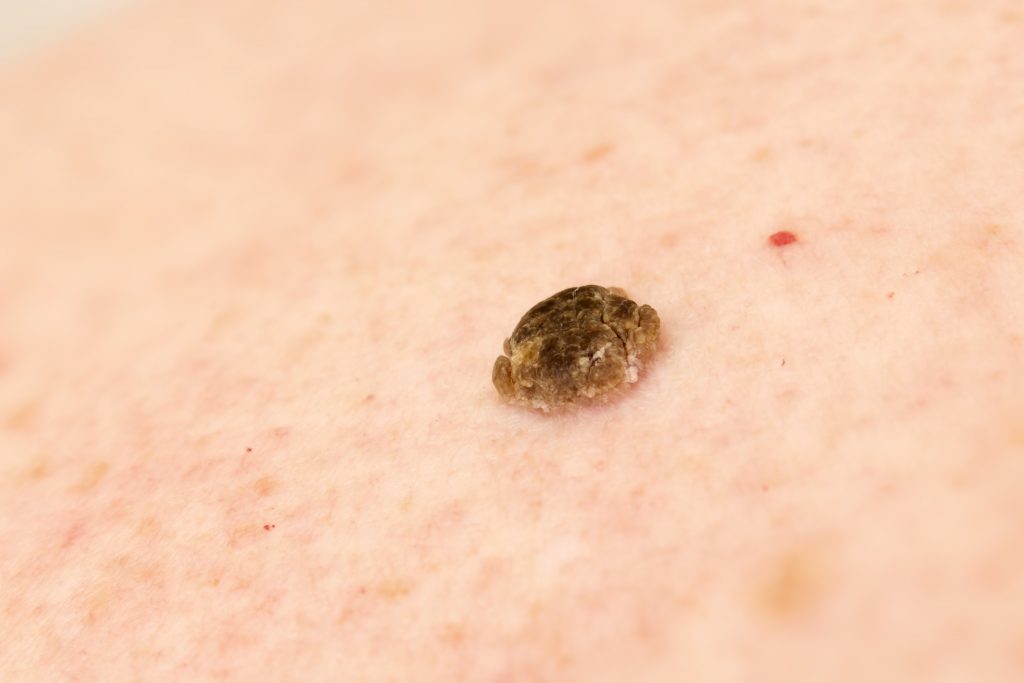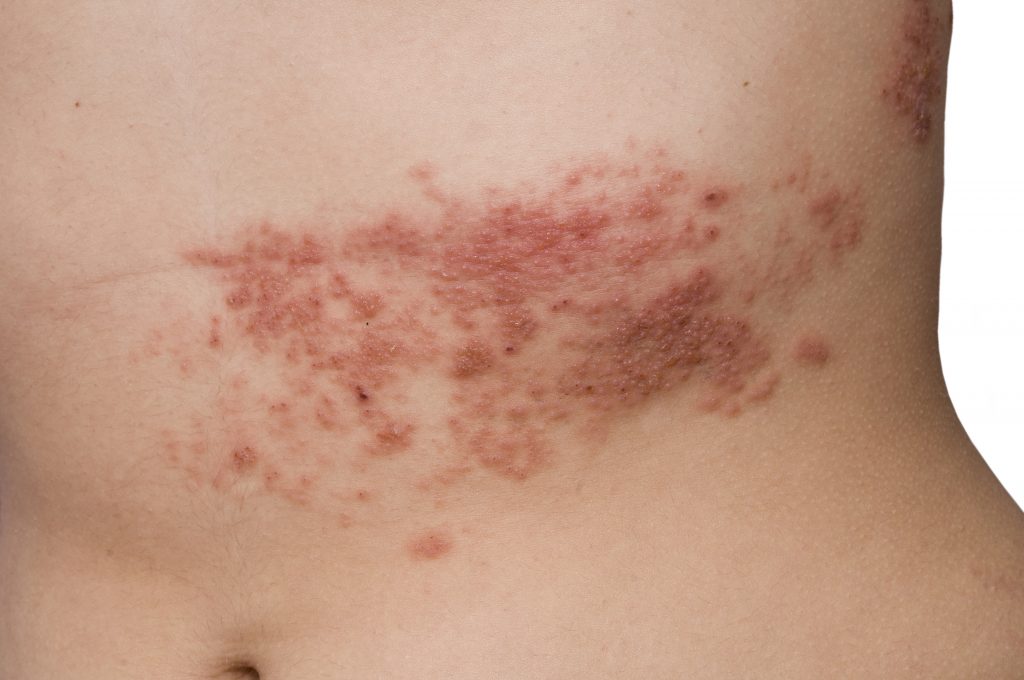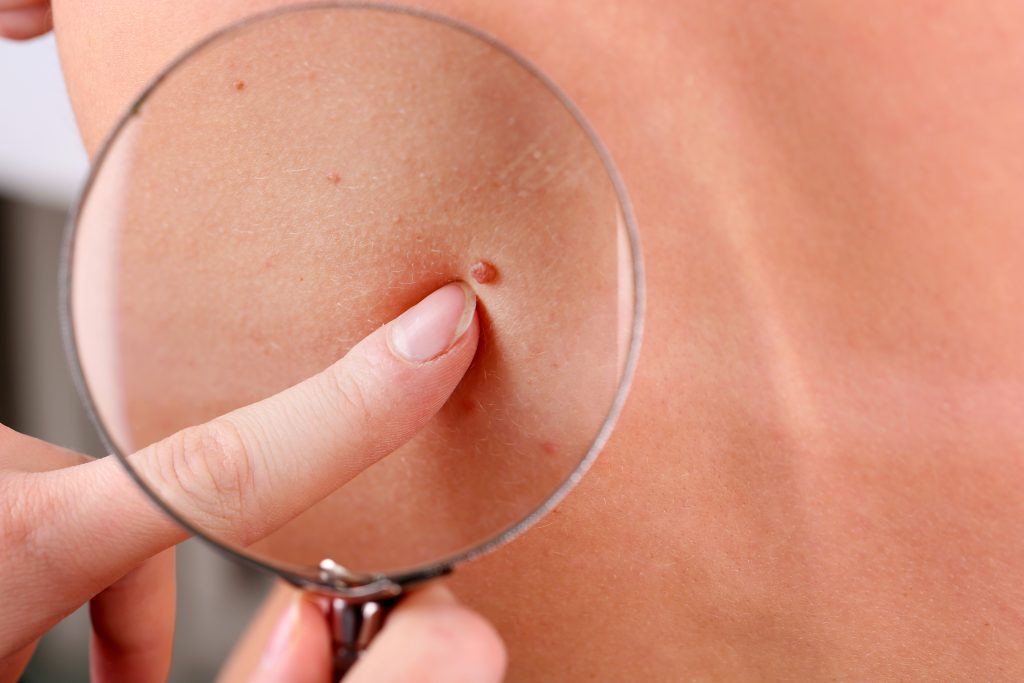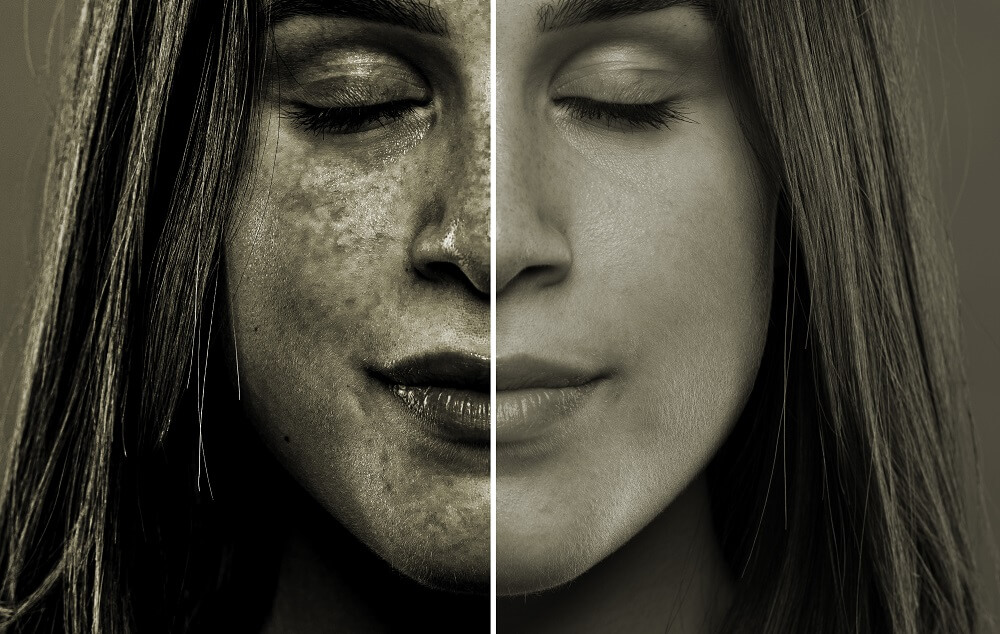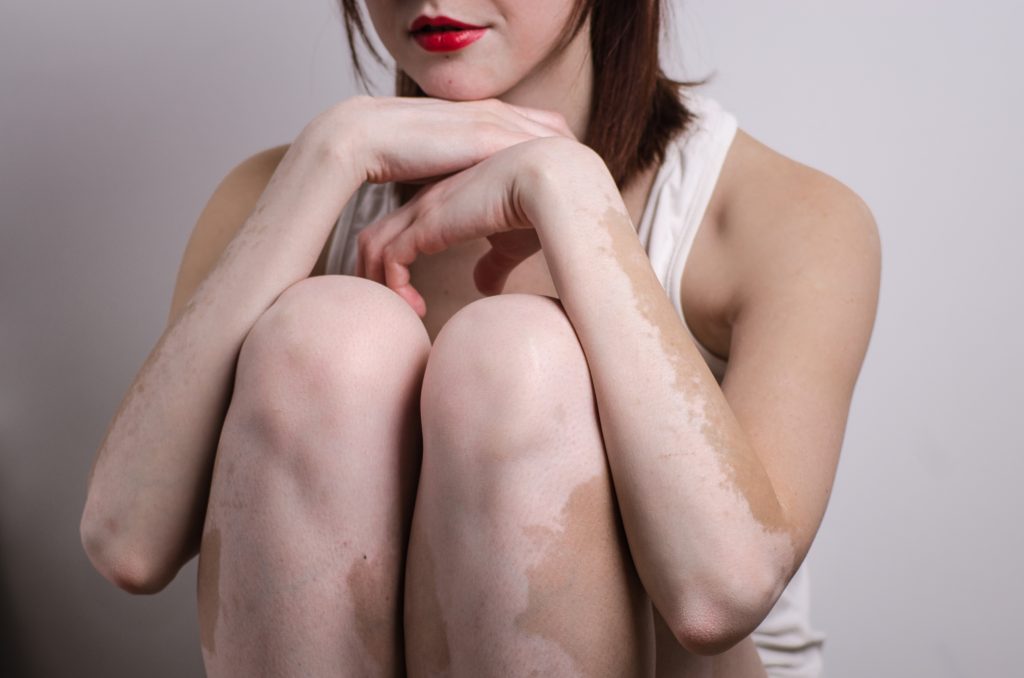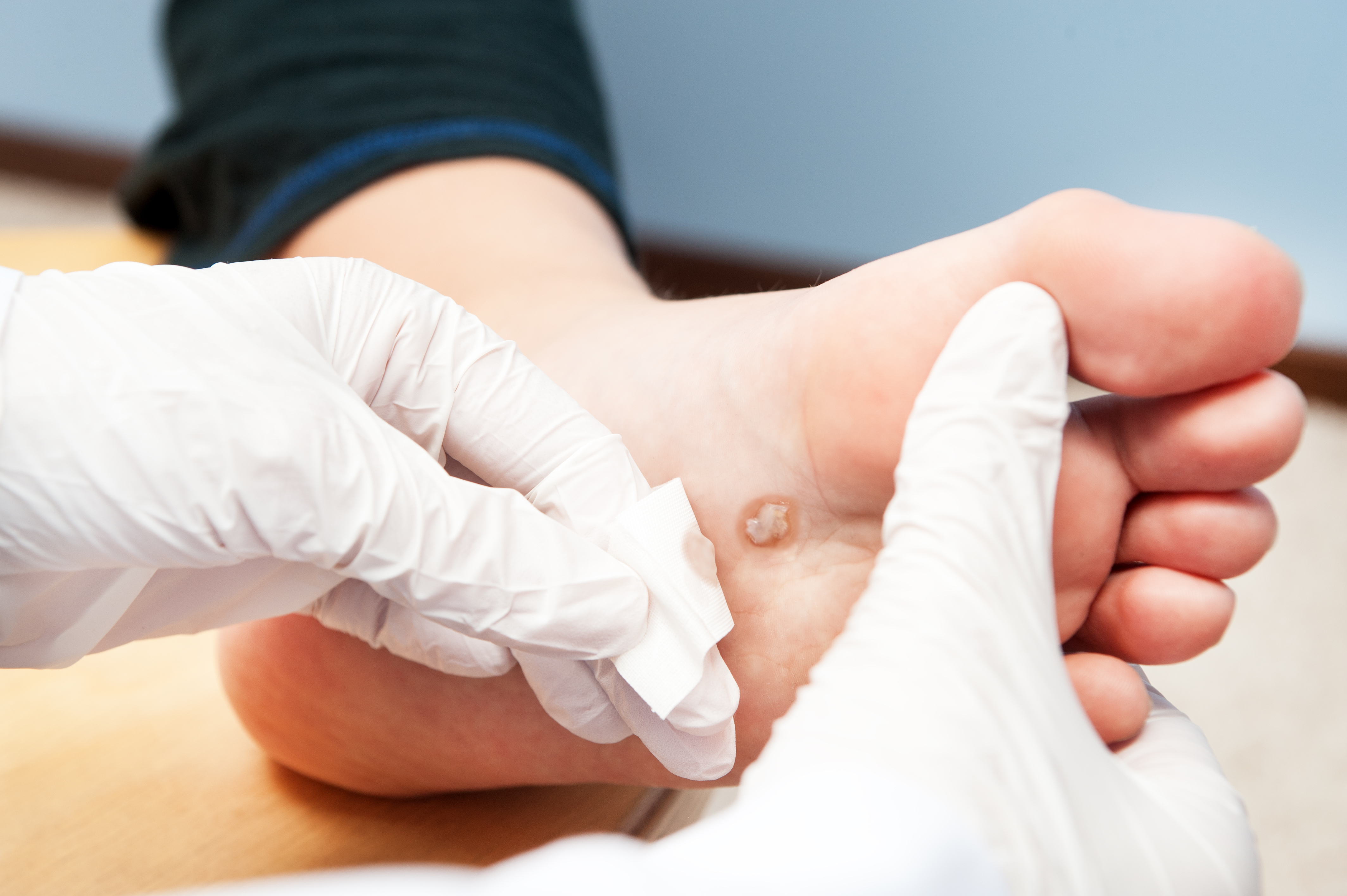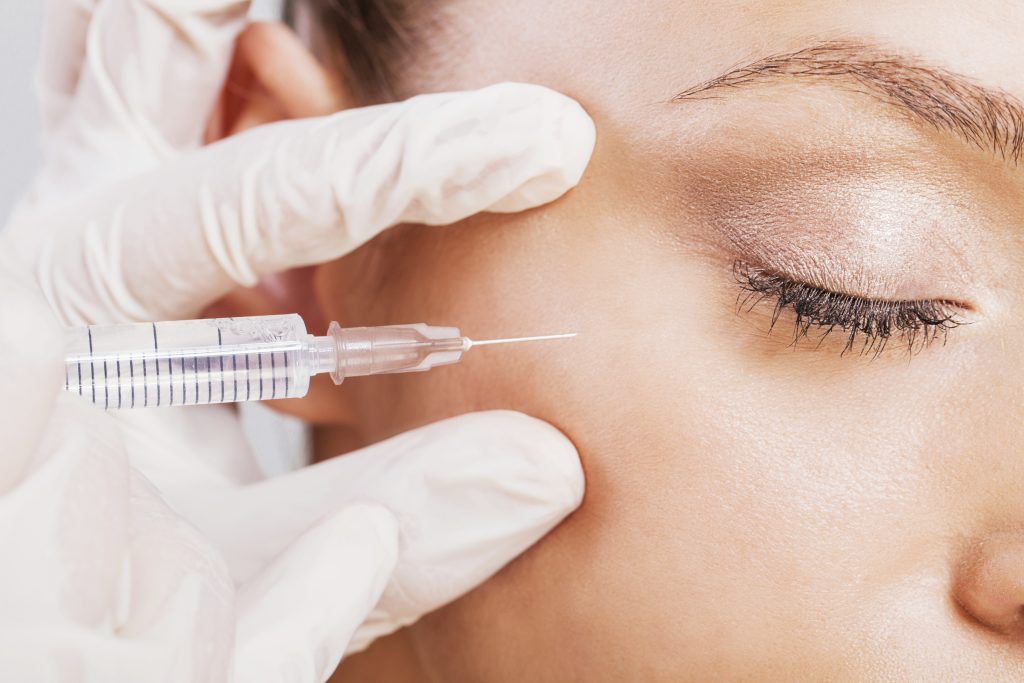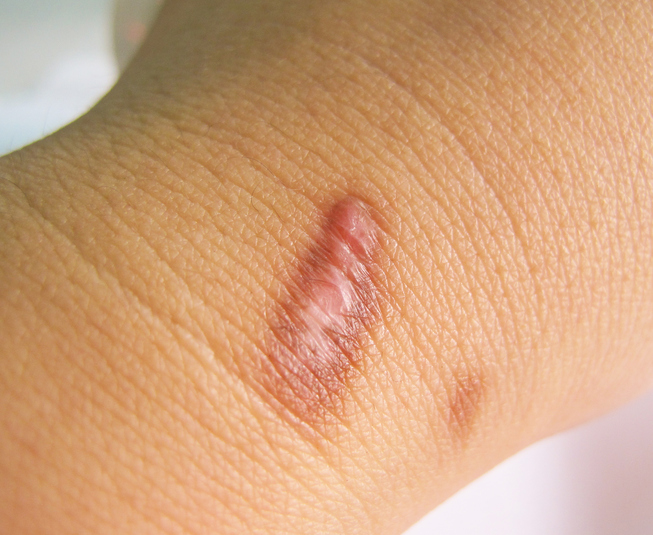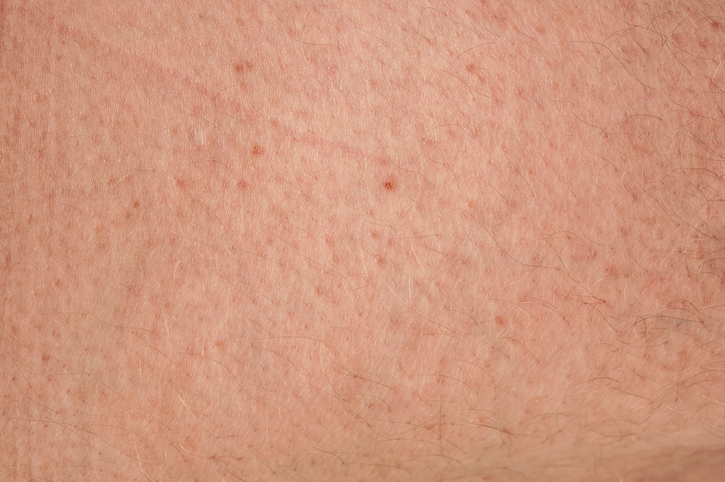Dr. Kavya Desai earned her Bachelor of Science Engineering degree in Chemical and Biological Engineering from Princeton University. She obtained her Master of Public Health in environmental science from The Ohio State University followed by her medical degree from Wright State University Boonshoft School of Medicine in Dayton, Ohio. Dr. Desai completed a combined internal medicine and dermatology residency in Minneapolis at the University of Minnesota, serving as chief resident in her final year.
Dr. Desai is a member of the American Academy of Dermatology and a published author in the Journal of the American Academy of Dermatology (JAAD). She has presented research nationally and internationally and has participated in medical rotations in both Vienna, Austria and Bangalore, India. Her clinical interests include skin cancer, psoriasis and acne.
Having grown up in Long Island, NY, Dr. Desai is excited to return to the East Coast and looks forward to exploring all the amazing restaurants, outdoor activities, and events the DMV area has to offer. Outside of work, Dr. Desai enjoys traveling, cooking, baking, and NY Times crosswords. She also loves to spend time with her family (particularly her two canine brothers, Simba and Arthur).
Additional Languages
-
Kannada
Specialties and Affiliations
- American Academy of Dermatology






